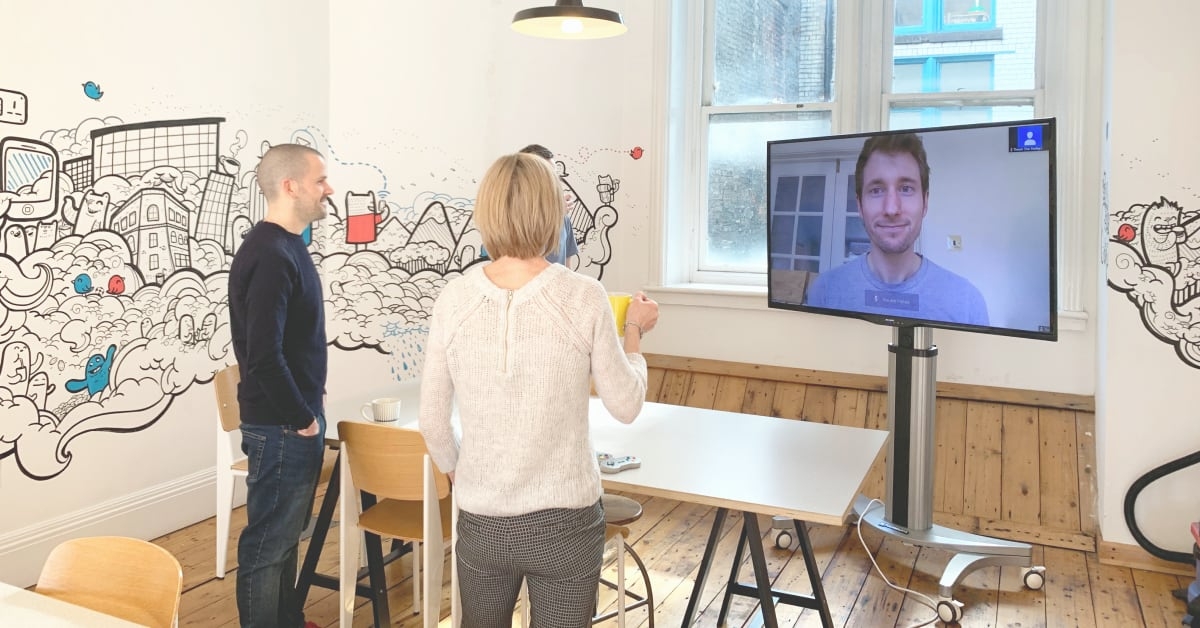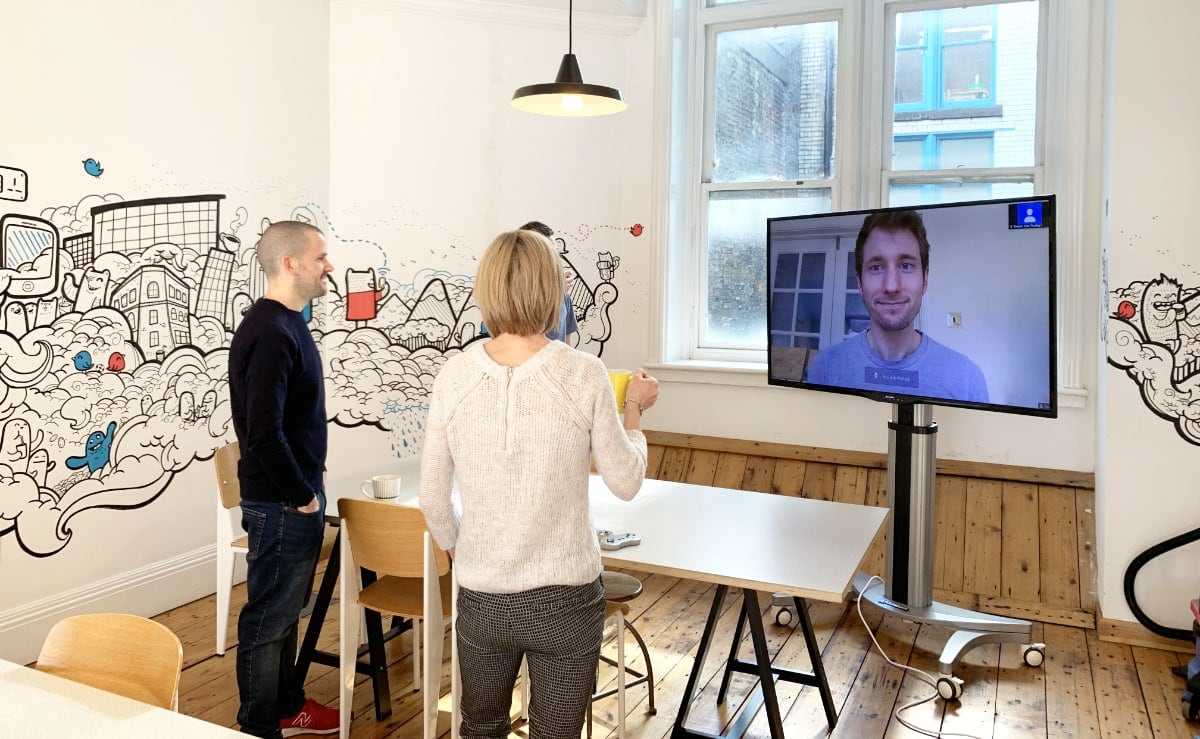With the prospect of forced disruption to the way businesses currently work, remote working is something more teams are starting to consider, if not doing, already. While many tech companies seem to be leading the way, this may be new territory for others so it's worth considering the greater benefits of working from home:
- Productivity increases for remote workers - 86% of people prefer to work alone to hit maximum productivity SurePayroll.
- You have access to a bigger global talent pool.
- Retention increases - A report from Stanford University found that attrition rates fell among home workers by about 50%.
- Employees have a better work life balance.
- Stress decreases - According to the Royal Society for Public Health, UK, 55% of people feel more stressed as a result of their commute, if you remove the commute, you remove the stress.
Some business owners may have concerns over productivity decreasing but the opposite is in fact true. When you trust your employees, focus on outcomes and have the right tools in place it can work for everyone.
Here at Capsule, remote working is available to everyone, 20% of people work remotely full time and almost everyone works remotely for part of the week. It’s a work ethos that’s led from the top, it fits well with our culture and it’s fully integrated into our day to day work.
We’ve tested many tools and initiatives over the years and here are the important lessons we’ve learned to make remote work.
1. Communicate often
Introducing a range of communications tools that work effectively for everyone is key. The trick is making it easy and quick to involve remote workers so when you have a meeting or a spontaneous catch up in the kitchen it becomes second nature to include them.
These are the tools that work for us:
Slack - our primary communications tool. We use it to chat, call and keep everyone updated on on our projects. Individual channels link to relevant software so automatic updates come through when for example, a customer reaches out. Those working outside our time zone can easily pick up the information when they log on.
Tip: We found we overused Slack for some time. Slack doesn’t replace good old fashioned face to face conversations in the office. If someone is in the office we now have the rule to ‘Speak not Slack’
Zoom - everyone has a Zoom account at Capsule that’s linked directly to all our meeting rooms, workspaces and even the kitchen. When you need to connect a remote colleague to a meeting or a chat over a coffee, it’s as simple as finding their name in the directory and calling them up.
Tip: Big rooms can sound very echoey to remote folk and it can be difficult for them to follow conversations, especially when people are talking over each other. Take time to test the sound and placement of your microphones.
2. Work collaboratively
It should never be a case of out of sight, out of mind. Setting up communication channels is one thing but working collaboratively with remote workers is another.
We use Google Workspace to work together on documents, spreadsheets and slides. It takes away the need for clunky VPNs and it helps those working in different time zones as all changes are stored for them to pick up when they log in. Slack also alerts them to changes too.
Our designers now use Figma to work collaboratively. They huddle around a virtual desk and design together in real time - they're always in sync.
3. Manage effectively
When your team works remotely it’s important to have a high level of trust and make your expectations extremely clear.
For example you may want to set expectations for responding to messages, updating the team when they go offline, communicating highlights from the week etc. People will work more effectively at home when they feel trusted to do so.
You may not have those chance conversations over a water cooler to find out the status of a project, but some tools can help there too.
Trello works well for us as individuals and teams. We can quickly see the stage of every major project, the key milestone dates and updates on how each task is progressing.
We use Basecamp every Friday for people to share their week’s highlights and plans for the one ahead. It keeps everyone updated on each other’s projects and it's a great platform to thank individual support.
4. Be secure
Setting expectations around data security is an important consideration for all remote workers.
Keeping data secure is the highest priority here at Capsule so we use two-factor authentication on every piece of software. This added layer of protection helps keep our data safe when people work outside the office.
We also give everyone access to a password manager tool, so they can create the strongest, most complex passwords without having to remember them.
5. Share the fun
There will be a time when remote workers come into the office, but for some it may just be a couple of times a year. So we’ve found it’s important to have regular virtual socials so everyone can get to know each other a little better.
Every month we create a new game for the whole team, so everyone has a bit of fun - it’s been great for team building. Some notable sessions include charades and a good old fashioned team quiz.
How to work remotely
So that’s one side of the story but what about remote workers themselves? Here are our team's tips on getting the most out of home working:
- Create a dedicated workspace so you can switch on and off easily.
- Get the right equipment - Capsule provides all the kit needed for remote working which is usually a MacBook, mouse, keyboard, screen, iPhone or Android phone, headphones and writing materials if you need them.
- Have a 4g dongle in case your wifi goes down - especially important for a SaaS business.
- Set a clear work routine with a set start and finish time.
- Accept that in a different time zone you’ll sometimes be out of sync so put in the right processes to help you when some of the team are asleep.
The benefits of remote working are clear, particularly in the current climate. It may not feel right for every organization but once you have the right tools and processes in place, it's' easier than you think.





